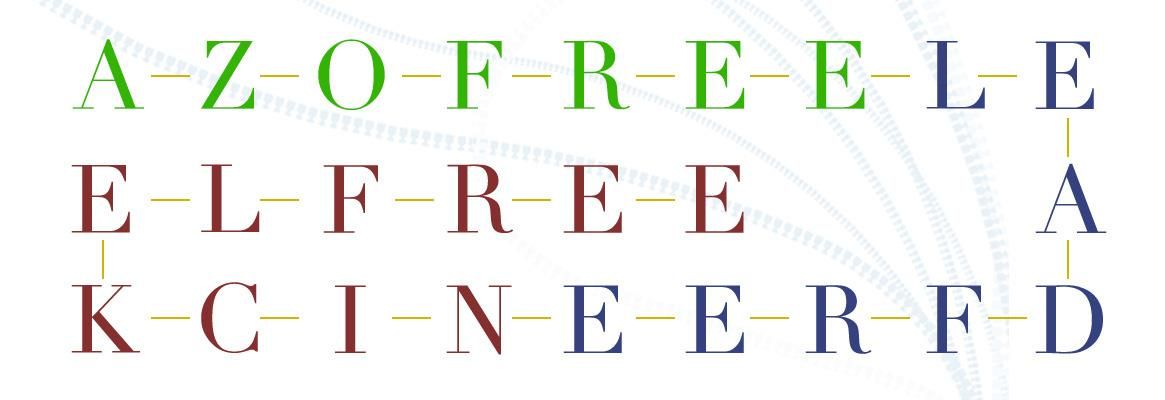Certain zippers featuring azo-free, nickel-free and lead-free are commonly heard names in the zipper manufacturing industry. But if it is the first time for you to purchase zippers and other accessories, you might select the products which are not appropriate for your project.
We will discuss on these zippers here for better guidance, helping you to take a wise decision while buying them.
Azo dyes
Azo dyes, a group of synthetic dyestuffs, are based on nitrogen and are often adopted in the textile industry. They can give various high intensive colours with good fastness and are most preferred than any other dye because of the economic and environmental factors in their manufacturing process.
As mentioned earlier, Azo dyes are widely used in manufacturing textile products, leather items, plastics and many more. However, some dyes could separate when subjected to certain conditions and release carcinogenic & allergenic aromatic amines. Depending on the "EU Azo Colourant Directive", which was implemented in September 2003, azo dyes which release any of the specified aromatic amines with detectable concentration are restricted to be applied to those textile and leather products that may come in prolonged or direct contact with skin of humans. Oeko-Tex (EU) is one of the globally acknowledged testing standards.
Nickel
Around 10 per cent of the people residing in North America as well as Western Europe are sensitive to nickel or are more prone to contact dermatitis- also known as eczema, among them. Eczema is a group of disease that lead to inflammation of skin. Such disease is characterised by itchiness, redness and skin and it is also found that women are more allergic to nickel when compared with men. Depending on the EU nickel directive, a directive that regulates the use of nickel involved in jewellery and other items encountering the human skin; the acceptable amount of nickel release is restricted to 0.5 ug/cm2 per week when comes in contact with human skin, either direct or prolonged.
Different kind of testing methods are used for measuring nickel release. Very popular methods among them are EN 1811 and EN 12472. The object involved in EN 1811 will be subjected to a simulated solution of sweat for a week and that of EN 12472 will include object's exposure to a simulated situation of wear and corrosion.
Lead
Lead is considered as a kind of extremely toxic metal that affects multiple organs and systems of the human body. It is harmful to young and weak children. Too much of lead exposure to the kids can result into certain diseases like decreased intelligence that is mental retardation, behaviour disorders, affecting education achievements and many more in them.
But it is not yet found that there is any such level of exposure that can be regarded as the safe one, according to World Health Organisation (WHO). The usage of lead is prohibited to many of the applications because of its high-level toxicity. There are ample of testing standards formed, including OEKO-TEX (EU), ASTM F963-96A (US), etc.
Being the largest Chinese zipper manufacturer since more than 3 decades ago, SBS zipper provides the products while giving much importance to the environmental protection and safety, from the time the raw materials are selected to the time the finished products are inspected. Such zippers meet the stern requirement of azo free, lead free and nickel free.
Reference:
1. Wikipedia.com
2. Sbszipper.com
3. Cirs-reach.com
4. Who.int








Comments